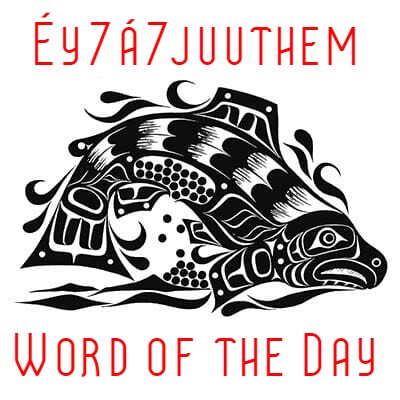
More support has been announced for early screening and interventions for students with dyslexia and other learning disabilities.
The Province will be working with school districts to implement evidence-based early literacy screening for all students in kindergarten to Grade 3.
“As a kid, your job at school is to jump in, explore and start learning. But the start of school can also bring some significant challenges for students who struggle to read or write,” said Premier David Eby.
“By starting evidenced-based screening and interventions when kids are young, they can get extra help at a much earlier age, preventing them from needing more intensive supports when they get older.”
Officials say that will ensure that teachers and staff can provide timely support to students who may benefit from additional help with literacy.
A total of $30 million over three years will expand the services of several provincial outreach programs and teams and support literacy-focused professional development and training for teachers and support staff.
The Ministry of Education and Child Care says it will consult with First Nations, Indigenous organizations, and English Language Learning experts on the development of culturally appropriate literacy screening and intervention resources to support Indigenous students and English-language learners as part of the new program.
Early literacy screening, intervention, and outreach support for schools, including school district professional development will begin to roll out in the 2024-25 school year.
To see the full release, visit Government of British Columbia.
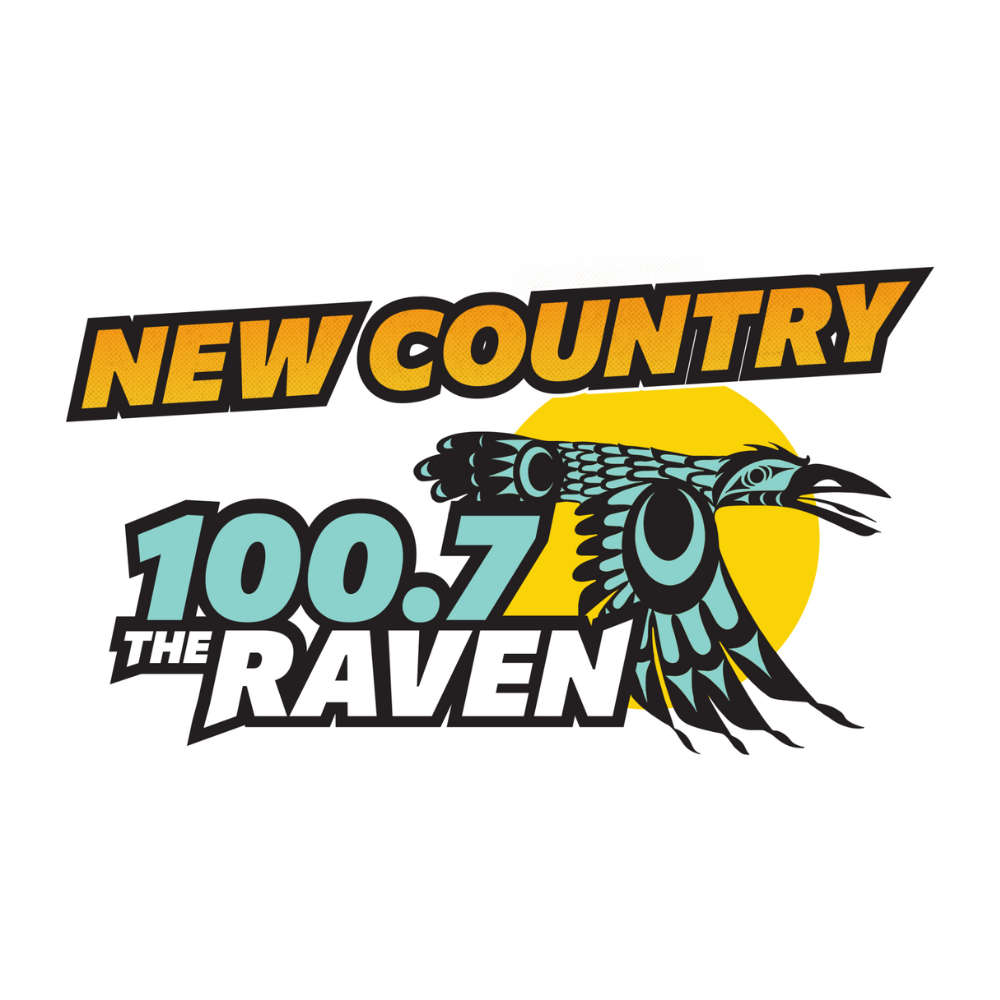
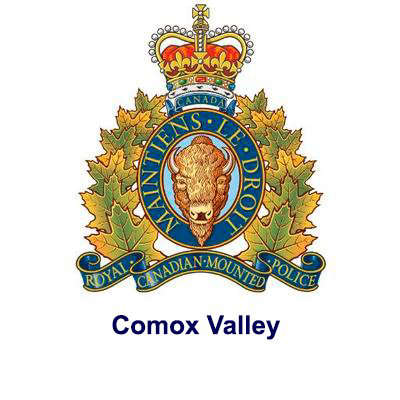 Comox Valley RCMP Say Teenager Found Safe, But Seeking 53-Year Old Missing Man
Comox Valley RCMP Say Teenager Found Safe, But Seeking 53-Year Old Missing Man
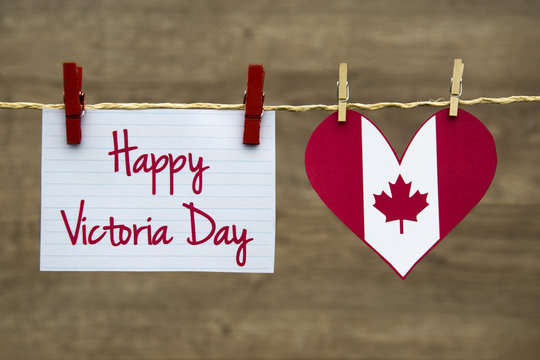 Communities To Celebrate Victoria Day This Weekend
Communities To Celebrate Victoria Day This Weekend
 A Lot To Enjoy At The Comox Air Show This Weekend
A Lot To Enjoy At The Comox Air Show This Weekend
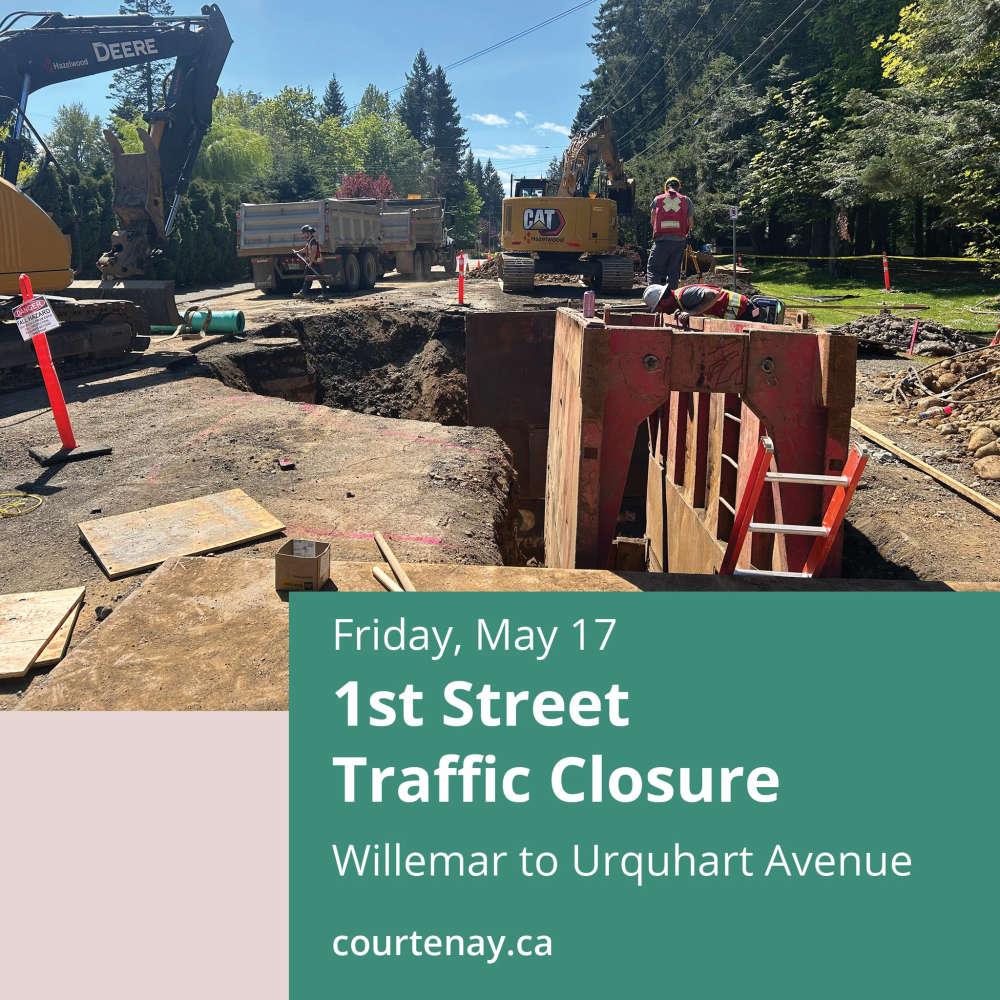 Road Closure On 1st Street In Courtenay Today
Road Closure On 1st Street In Courtenay Today
 Historic Haida Aboriginal Title Legislation Receives Royal Assent
Historic Haida Aboriginal Title Legislation Receives Royal Assent
